|
Regular visitors to this site may have noticed a bit of a trend: As much as we love the classics, we also have a thing for "sleepers", those anti-Instygrammy, tacky Tik-Tok-immune cameras that do one thing: take great pictures ;-). And if you are looking to dabble in a bit of film, but don't feel like auctioning off a body part or two to look all the business, here is yet another option to consider... Although they came late to the 35mm Auto Focus (AF) SLR party in 1987 (trailing Minolta by just over two years, and Nikon by 11 months), when Canon debuted their EOS 650 (March 1987) and EOS 620 (May 1987) models, they rapidly closed the gap to their two main competitors. Within two months of its introduction, the EOS 650 became the best-selling 35mm SLR in Japan and Europe. The 650 was easily a match, technologically, for its main competitors: the Minolta 7000 and Nikon N2020 (F-501 outside North America). When combined with Canon's decade-long lead in marketing prowess, it was a recipe for success. However, Canon's initial delay in the AF market meant that they would not have their second-generation EOS models ready until 1990, while both Minolta and Nikon would both introduce theirs in 1988. As with any new technology, the improvements in early generations are markedly larger than in later ones. And so it was with AF SLRs. The Minolta 7000i and Nikon N8008 (F-801 outside North America) were massive leaps from their forebears and vaulted both back ahead of Canon in the AF techno-battle. How would Canon respond? One Giant Leap for AF SLRs The second-gen AF SLRs from Minolta and Nikon bore almost no resemblance, either internally or externally to their still-youthful ancestors. While the 7000 and N2020 still sported angular lines and looked very much like the products of early-'80s design that they were, the 7000i and N8008 seemed to have come from the future when they appeared in the spring of 1988, with their more organic shapes and softer edges (thank you, Canon T90 ;-)). But it was inside where the real advancements were to be found. We'll compare the Minoltas first.
Other advancements of the 7000i over the 7000 included:
The N8008 also added:
Although Nikon did not disclose CPU clock speeds, ROM or RAM capacities, it can be surmised that they took a similar path to Minolta, with the N8008 making major strides over the N2020. Nikon actually added a second 4-bit CPU in the N8008 to handle all non-AF or exposure-related operations, leaving the 8-bit unit to care for just those two areas to maximize performance. Again, this all added up to an SLR noticeably faster in every way than its predecessor. And crucially, both the 7000i and N8008 pushed the yardsticks further for Canon to have to catch up to them once again. Canon's Response Unsurprisingly, the 7000i and N8008 were more than a match for the first-generation EOS 650. If Canon were to content themselves with just waiting until their second-gen enthusiast EOS was ready for 1990, they would be leaving the door open for both Minolta and Nikon to regain the ground they had lost in 1987. Their solution: maximize the potential of the original EOS platform by performing similar upgrades in terms of processing and memory along with matching as many of the new features of their adversaries as possible. These included:
Basically Canon took the EOS 620, yanked out the 1/4000 sec. shutter, dumped in the EOS 650's 1/2000 shutter, did a brain transplant, et voila...the EOS 630, an SLR that could hold the fort until the second-gen EOS was ready. More than that, the 630 actually took the fight to Minolta and Nikon in three key areas. First, even though their implementation of the built-in Custom Functions and Programmed Image Control modes was clunky (you needed a list taped to the back of the camera to define what was meant by Custom Function or Mode Settings 1-7; eyeroll), it still beat Minolta's even-kludgier Creative Expansion Card system ten ways to Sunday and pointed the way to the future. Second, the 630 also retained the built-in Autobracketing of the 620, whereas the 7000i needed the appropriate CEC, and the N8008 the MF-21 back to enable that function. And third, its 5 fps film advance was markedly quicker than the 3 - 3.3 fps of the competition. The 630's improved AF speed easily matched Minolta's and Nikon's, and would beat them in good light when an Ultrasonic Motor (USM) lens was fitted. Low light AF performance (below EV 6) was another story altogether for Canon until the late-'90s ;-). The EOS 630 Today If you are interested in a first-gen EOS body, the 630/600 is definitely more desirable than a 650 and will outperform the 620 in every facet, except top shutter speed (1/2000 vs. 1/4000 sec.) and flash sync. speed (1/125 vs. 1/250 sec.). The only other possibility is the low-production RT with a fixed pellicle mirror to reduce shutter lag and that also adds eight more Custom Functions. The usual pre-EOS A2/5 (introduced in 1992) caveat of biodegradable shutter bumpers (which will eventually goop up the shutter blades, but can be carefully cleaned with naphtha or 99% isopropyl alcohol) also applies to this model. Occasionally, the illuminator for the LCD can start to drain the 2CR5 battery very quickly, but this is fairly rare in the case of both the 620 and 630/600. Utilizing the same materials and construction as the 650/620 means that the 630 also can suffer from the same loosening of the rubber handgrip and the floppy rear button cover. The 630 was the last hybrid-construction enthusiast EOS body, with the follow-on EOS 10s being Canon's initial entry into the polycarbonate chassis arena in that segment. But that'll have to be another story for another day :-). When it comes to evaluating the EOS against the 7000i and N8008 for today and not having any prior stake in any of their respective ecosystems, you might consider these factors:
Wrap-Up So...what was the EOS 630, exactly? I would call it an optimized first-gen EOS. It offered a distinct improvement in AF performance while introducing the first built-in Custom Functions to SLRs (even if the implementation was not the most user-friendly ;-)). On the other hand, it failed to correct any of the ergonomic faux pas of its predecessors (not surprising for a mid-term refresh versus a full-generation advance). In other words, a stop-gap measure. And it did just that until the EOS 10 came along 11 months later. So, then...who is it for? Any Canon EF-mount user who prefers the weightier, more-solid feel of the first-gen EOS bodies to the later generations of enthusiast-level EOS models and isn't bothered by the floppy rear button cover or less-than-stellar low-light performance. As a single-dial EOS, the 630 is also at its best in AE modes (surprise, surprise for a Canon ;-)). If you are a major Manual mode maven, it will be a disappointing experience. But, honestly, nobody buys an EOS, anyways, if they are all about controlling every aspect of exposure and focus. The whole point of EOS was to reduce the workload on the photographer in the quest for speed. If that does not fit with your personal photographic philosophy, you can just eliminate the EOS/EF system as an option...it's that simple :-). Otherwise, a 630 will operate just fine with the latest EF glass, (even Image Stabilized lenses; although things can look a little jiggly in the viewfinder...when the actual exposure is made IS will do its job). The EF mount, in terms of lenses produced, is the most prodigious SLR mount in history. Mind you, millions of them are cheap and cheerful kit lenses ;-). But the beauty of its three-plus-decade life, was a COMPLETE lineup, something the new RF mirrorless mount will likely never equal. And particularly in the mid-range, which presents some of the best performance-to-price optics available today. True, aside from its subtle green script, an EOS 630/600 looks a dead ringer for a 650, but under the hood, there is more than just a fresh paint job. Sleeper? Oh yeah :-). References: EOS 630 Dealer Pages & Sales Brochure @ https://www.pacificrimcamera.com Canon EOS 630 @ https://global.canon/en/c-museum/product/film131.html 1987-91: Leap Forward with the EOS @ https://global.canon/en/c-museum/history Popular Photography Magazine - June 1988; July 1988; Dec. 1988; May 1989
0 Comments
Your comment will be posted after it is approved.
Leave a Reply. |
C.J. OdenbachSuffers from a quarter-century and counting film and manual focus SLR addiction. Has recently expanded into 1980's AF point and shoots, and (gack!) '90s SLRs. He even mixes in some digital. Definitely a sick man. Categories
All
Archives
June 2024
|
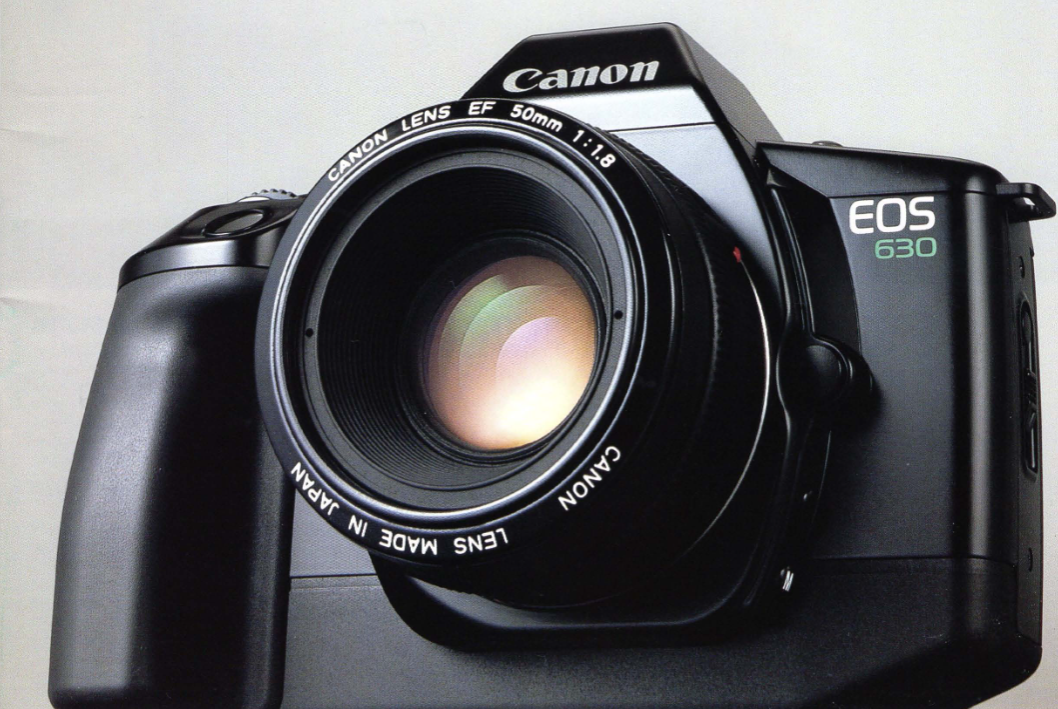
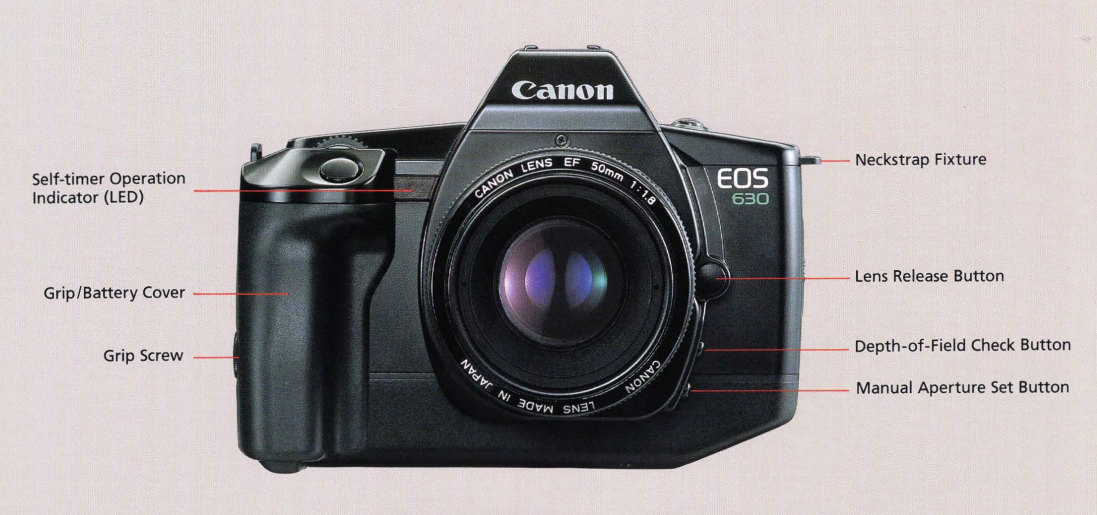
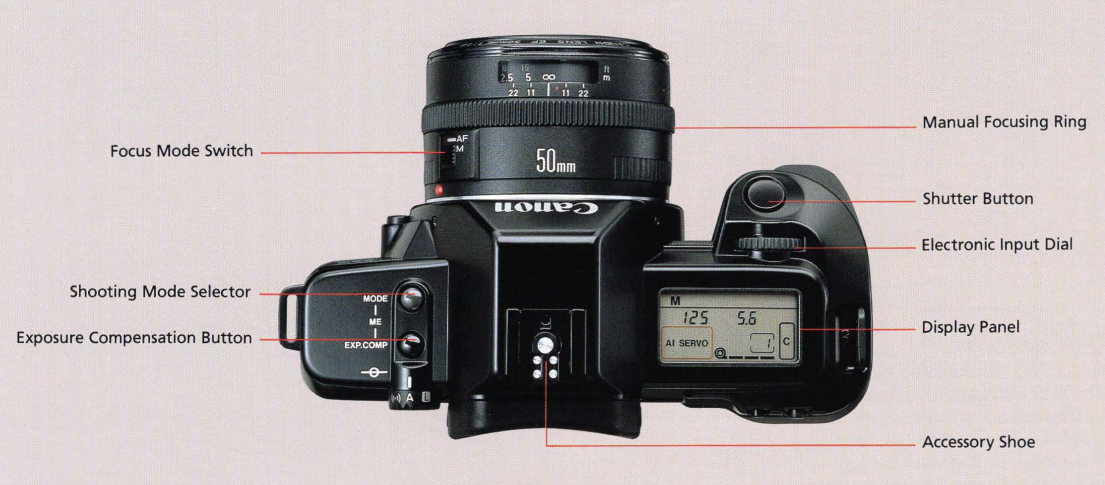
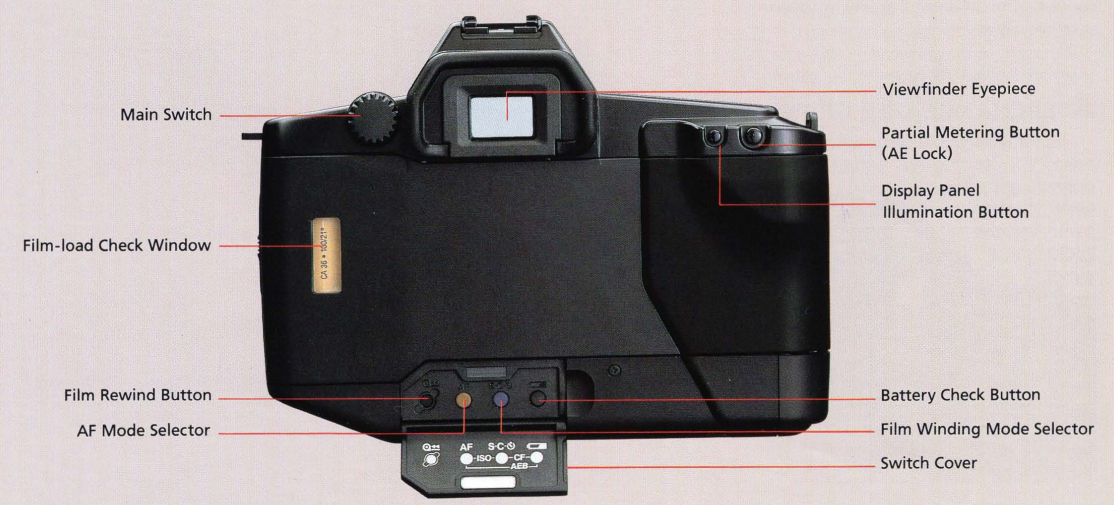
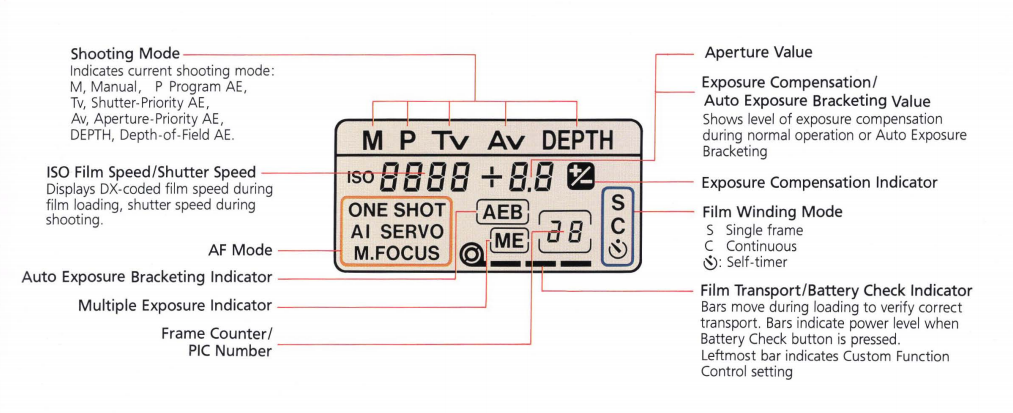
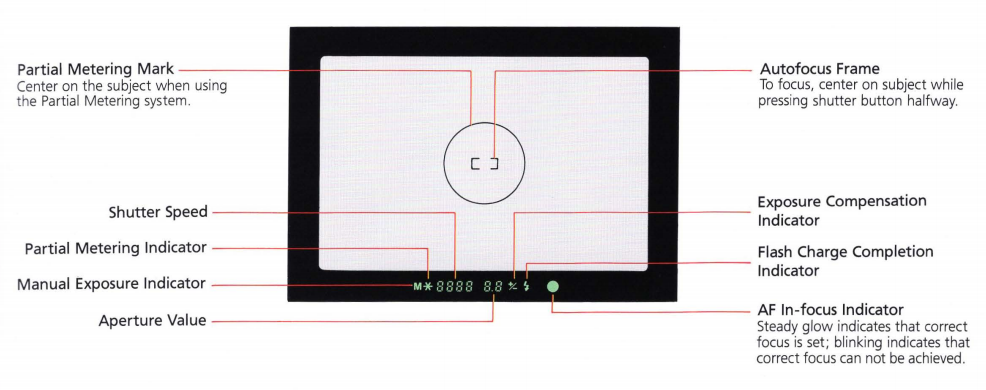
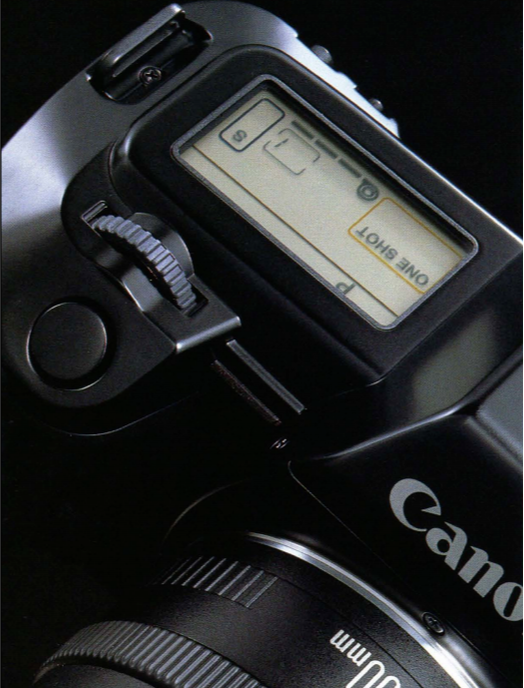
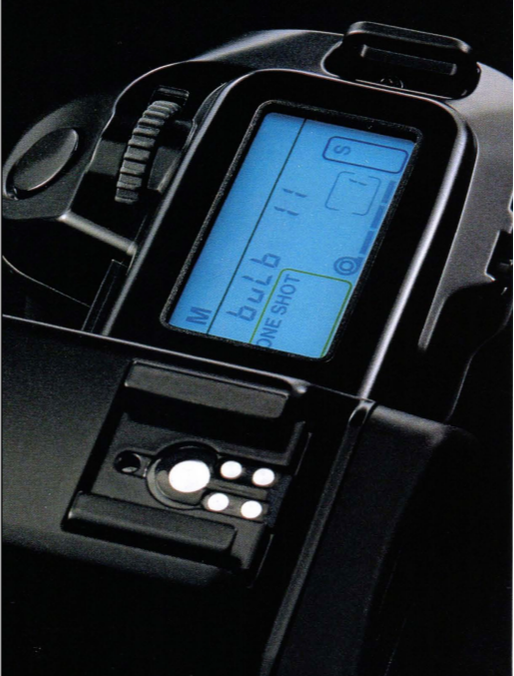
 RSS Feed
RSS Feed